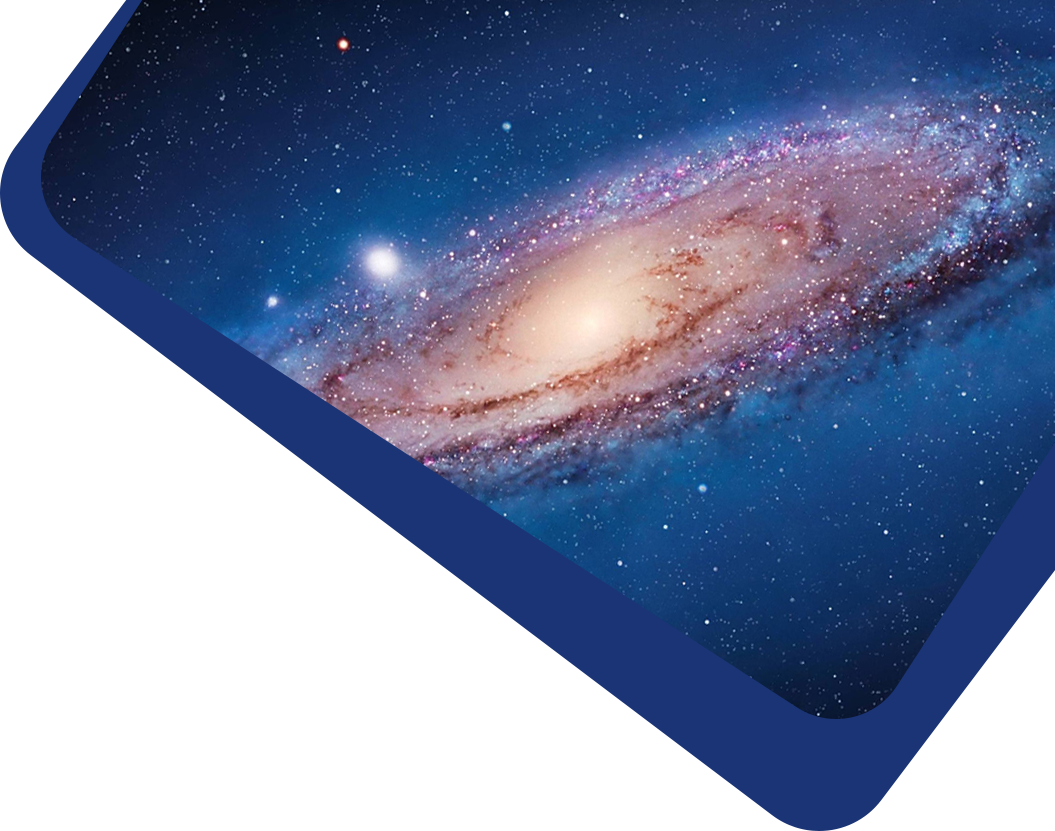

It was hypothesized in the literature that some physical parameters may be time-evolving and the astrophysical data can serve as a probe. Recently, the James Webb Space Telescope (JWST) released its early observations. In this work, we select the JWST spectroscopic observations of the high redshift (z > 7.1) galaxies with strong [O iii] (λ = 4959 Å and 5007 Å in the rest frame) emission lines to constraint the evolution of the fine structure constant (α). With the spectra from two galaxies at redshifts of 7.19 and 8.47, the deviation of α from its fiducial value is found to be as small as  and
and  respectively (the first error is statistical and the latter is systematic). The combination of our results with the previous data reveals that
respectively (the first error is statistical and the latter is systematic). The combination of our results with the previous data reveals that  . Clearly, there is no evidence for a cosmic evolution of α. The prospect of further constraining the time evolution of α is also discussed. The scalar field of dark energy is hypothesized to drive the acceleration of the universe's expansion through an interaction with the electromagnetic field. By integrating the observational data of the fine-structure constant variation,
. Clearly, there is no evidence for a cosmic evolution of α. The prospect of further constraining the time evolution of α is also discussed. The scalar field of dark energy is hypothesized to drive the acceleration of the universe's expansion through an interaction with the electromagnetic field. By integrating the observational data of the fine-structure constant variation,  , we have established a stringent upper limit on the coupling strength between dark energy and electromagnetism. Our analysis yields ζ ≤ 3.92 × 10−7 at the 95% confidence level, representing the most stringent bound to date.
, we have established a stringent upper limit on the coupling strength between dark energy and electromagnetism. Our analysis yields ζ ≤ 3.92 × 10−7 at the 95% confidence level, representing the most stringent bound to date.
Key words: cosmology: observations – (cosmology:) dark energy – galaxies: high-redshift
There are currently no refbacks.
It accepts original submissions from all over the world and is internationally published and distributed by IOP